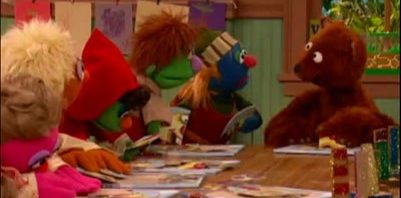The first of four case study posts about my presentation for Western States Folklore Society’s Annual Meeting in April 2018. Introduced here, the presentation was titled Princess and the Letter P: Fairy Tales and Edutainment in Preschool Television. The other case studies can be found here. Sesame Street started in 1969 as one of the most …
Continue reading “Edutainment Strategies: Sesame Street’s Story Book Community School”

